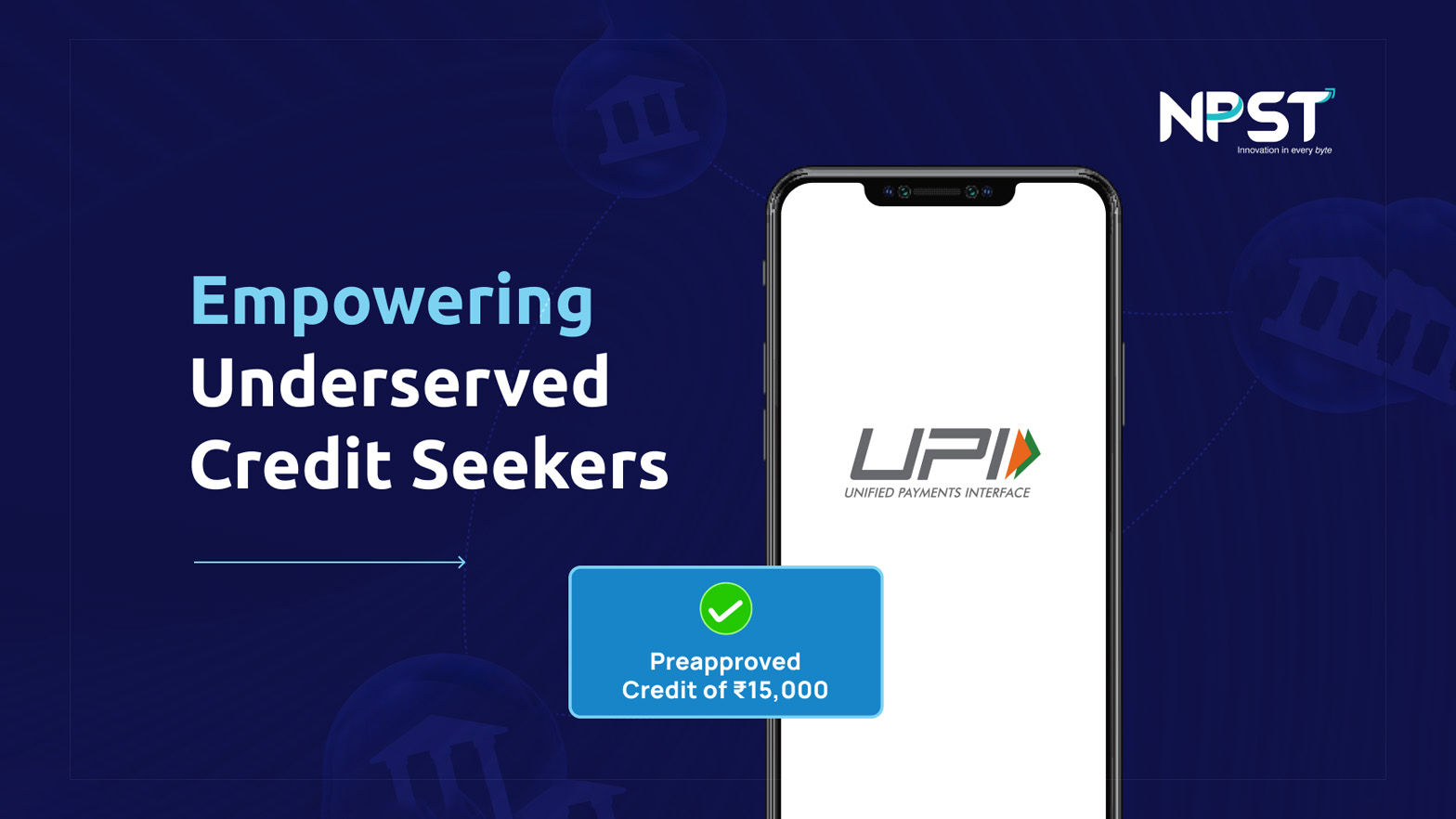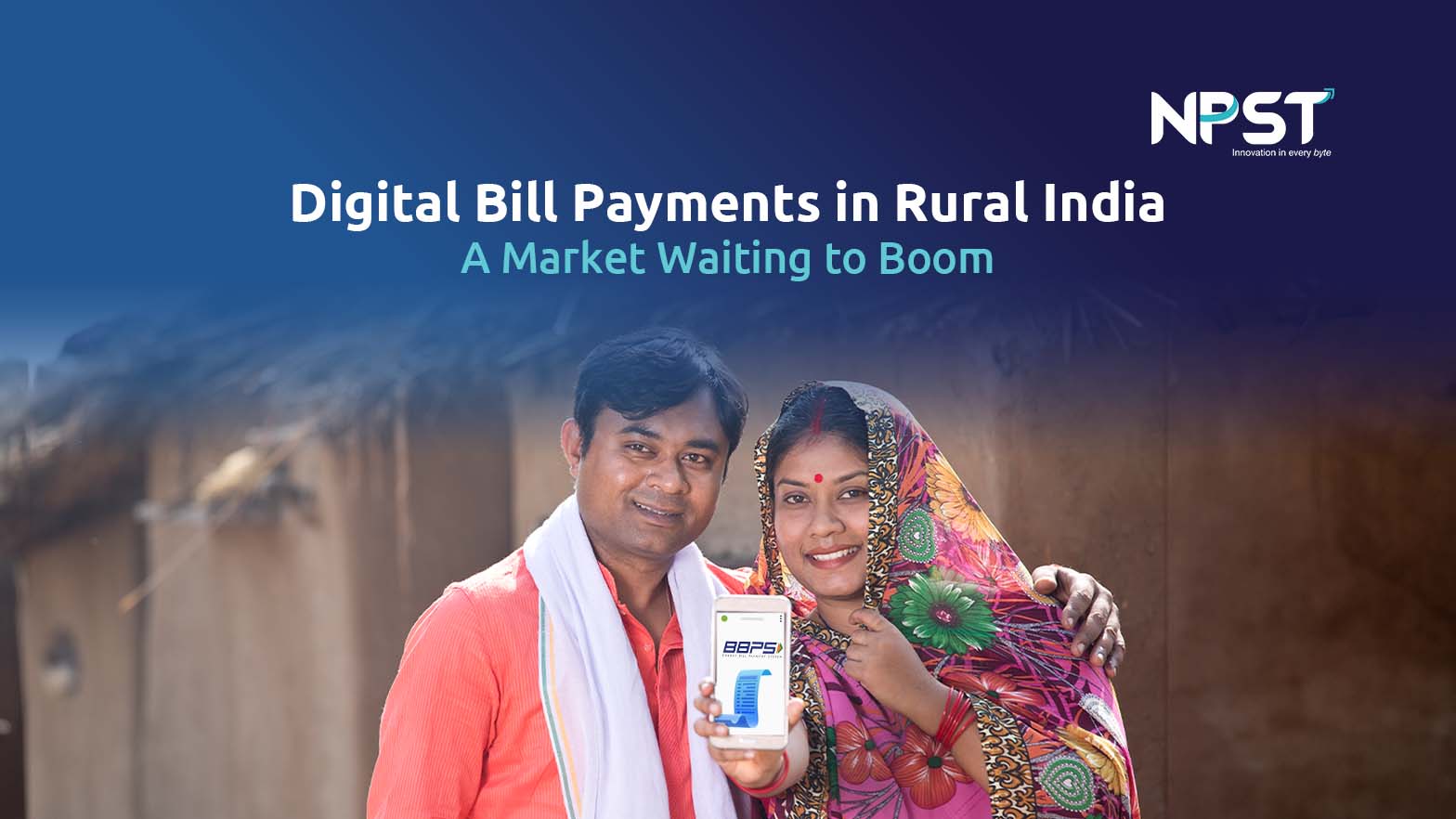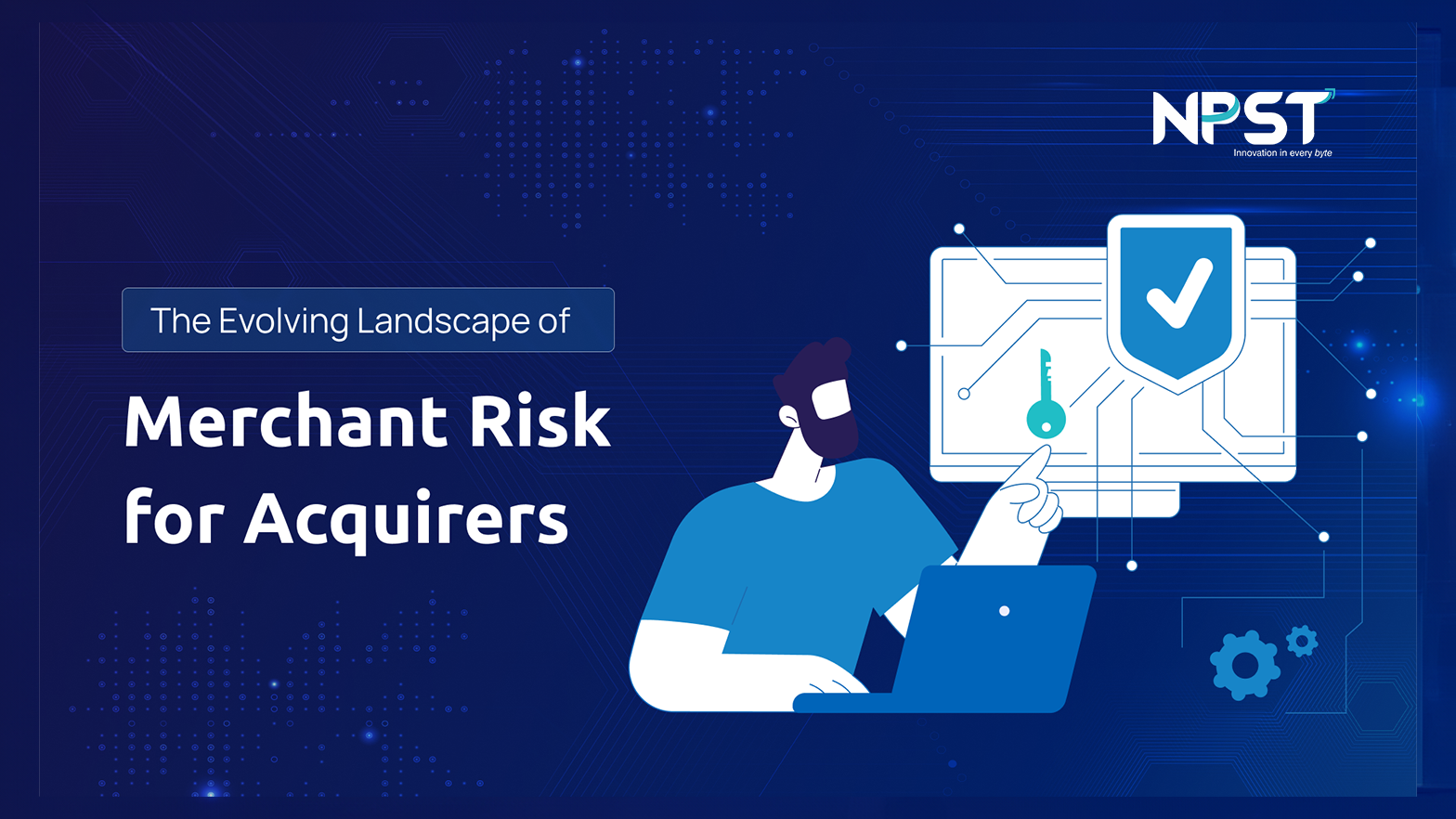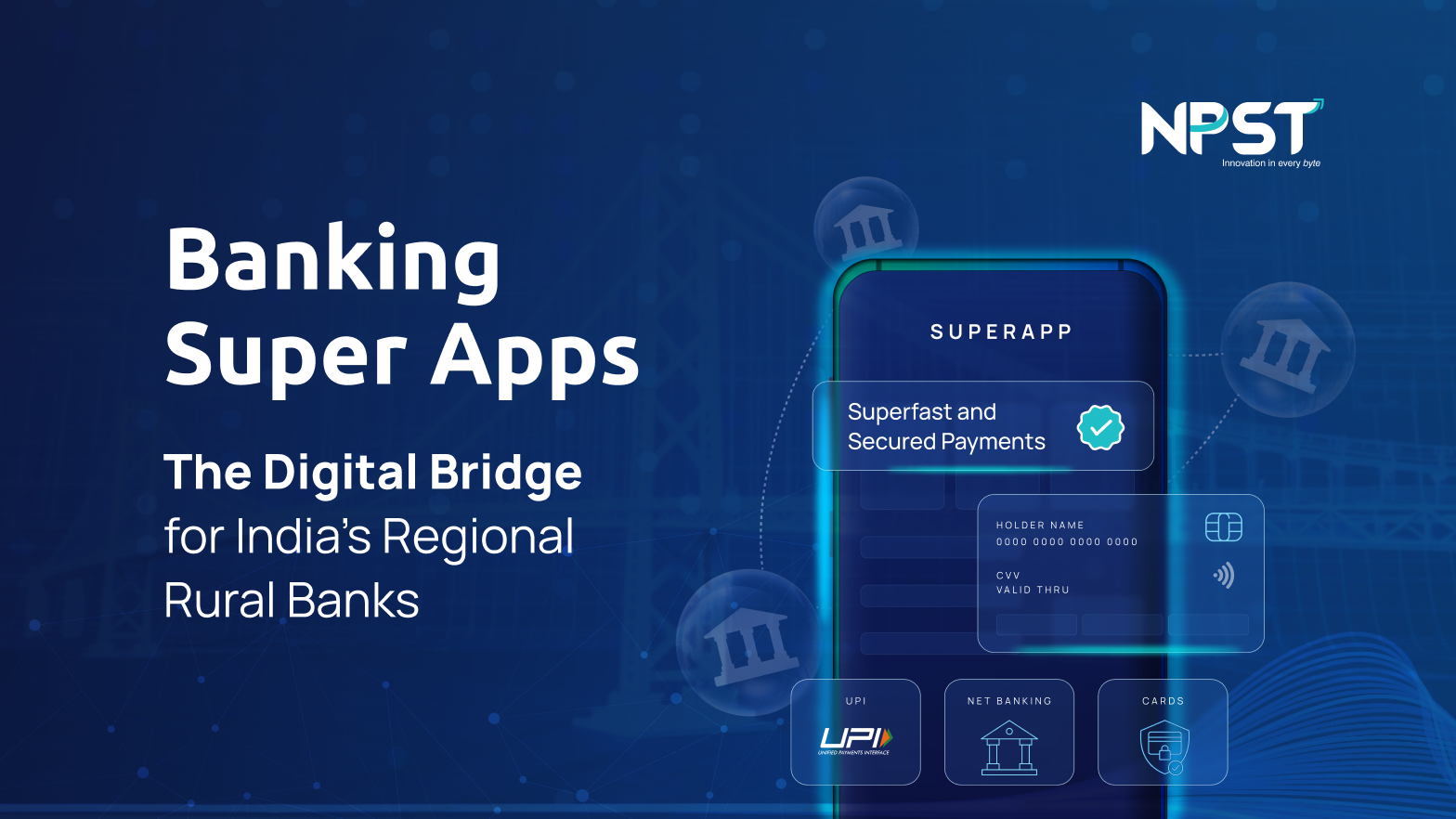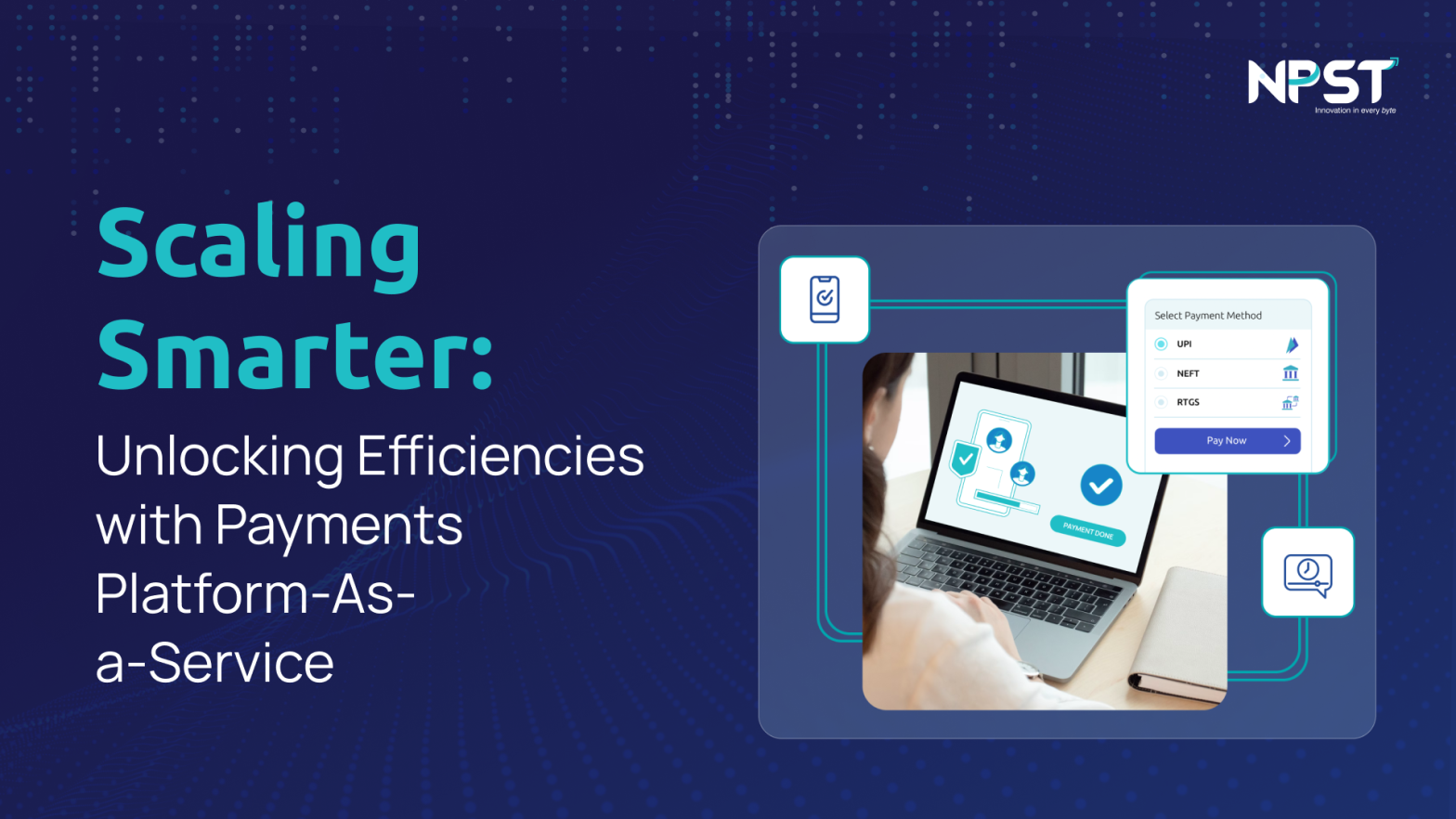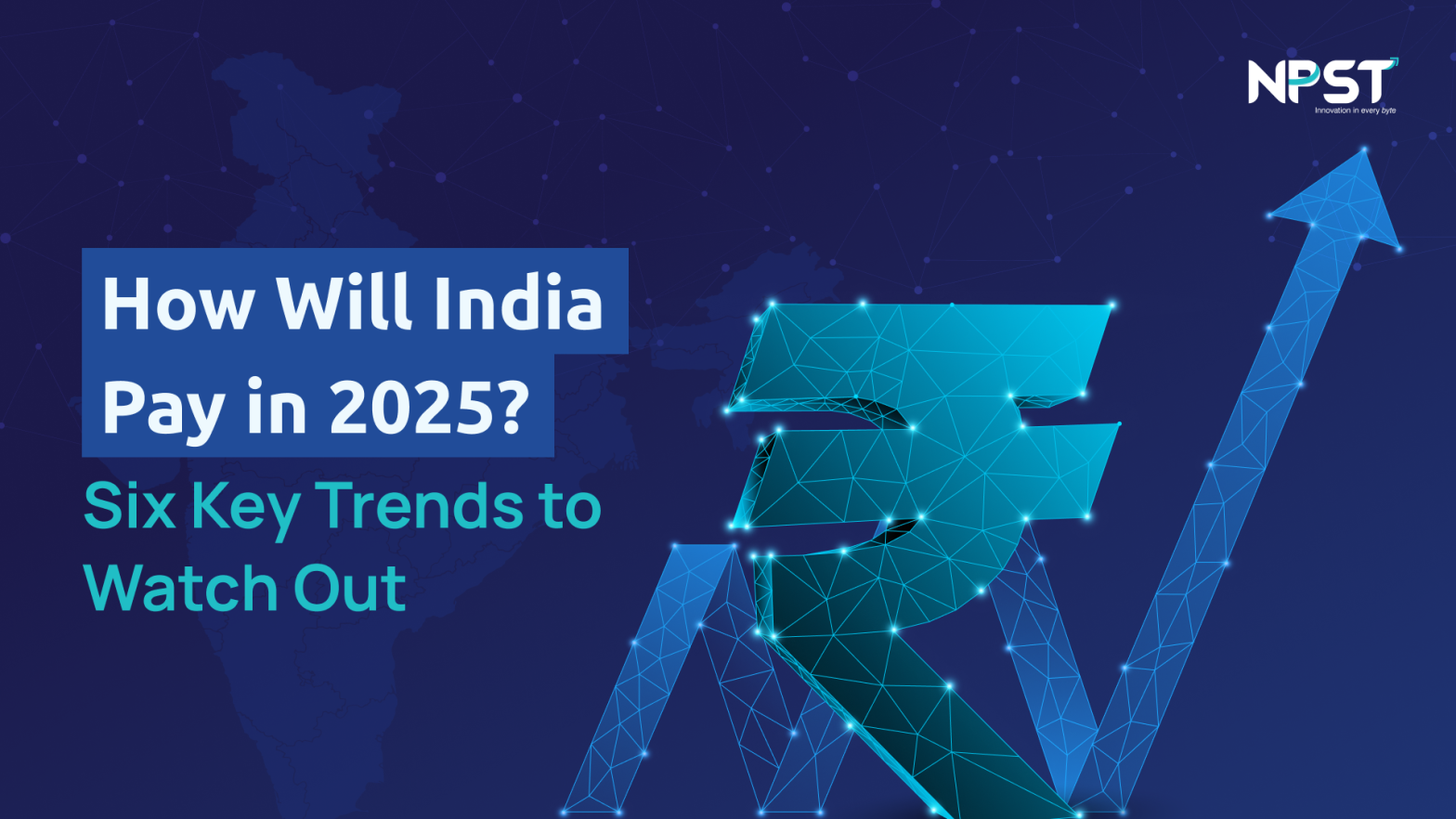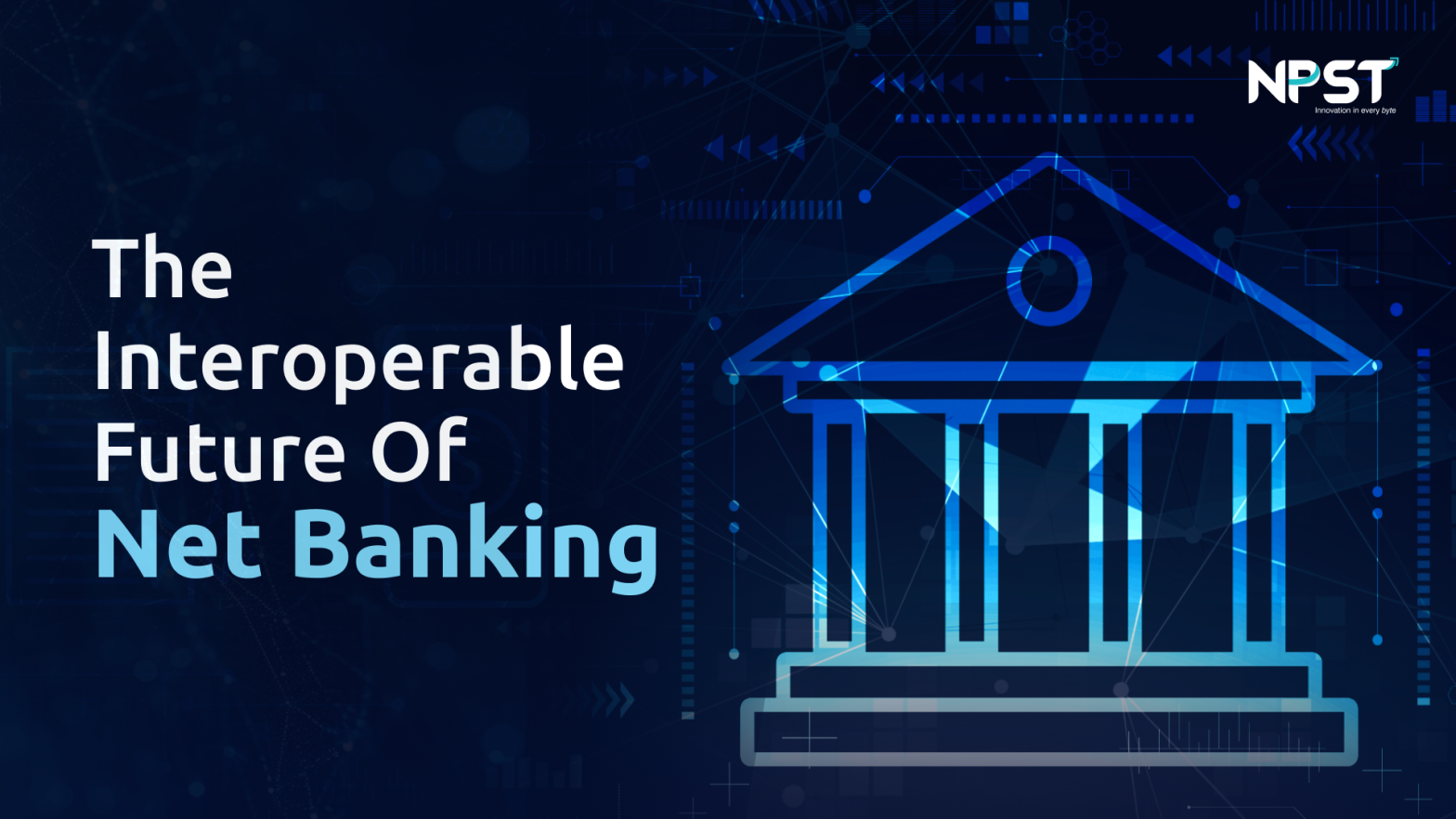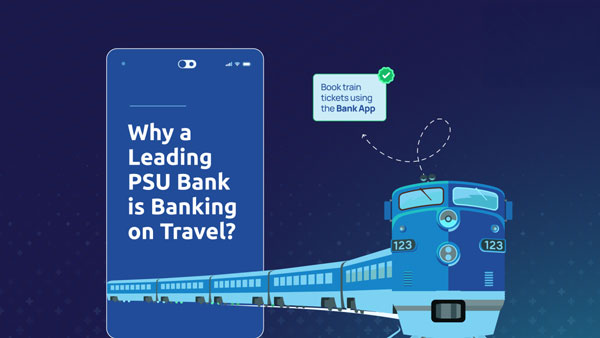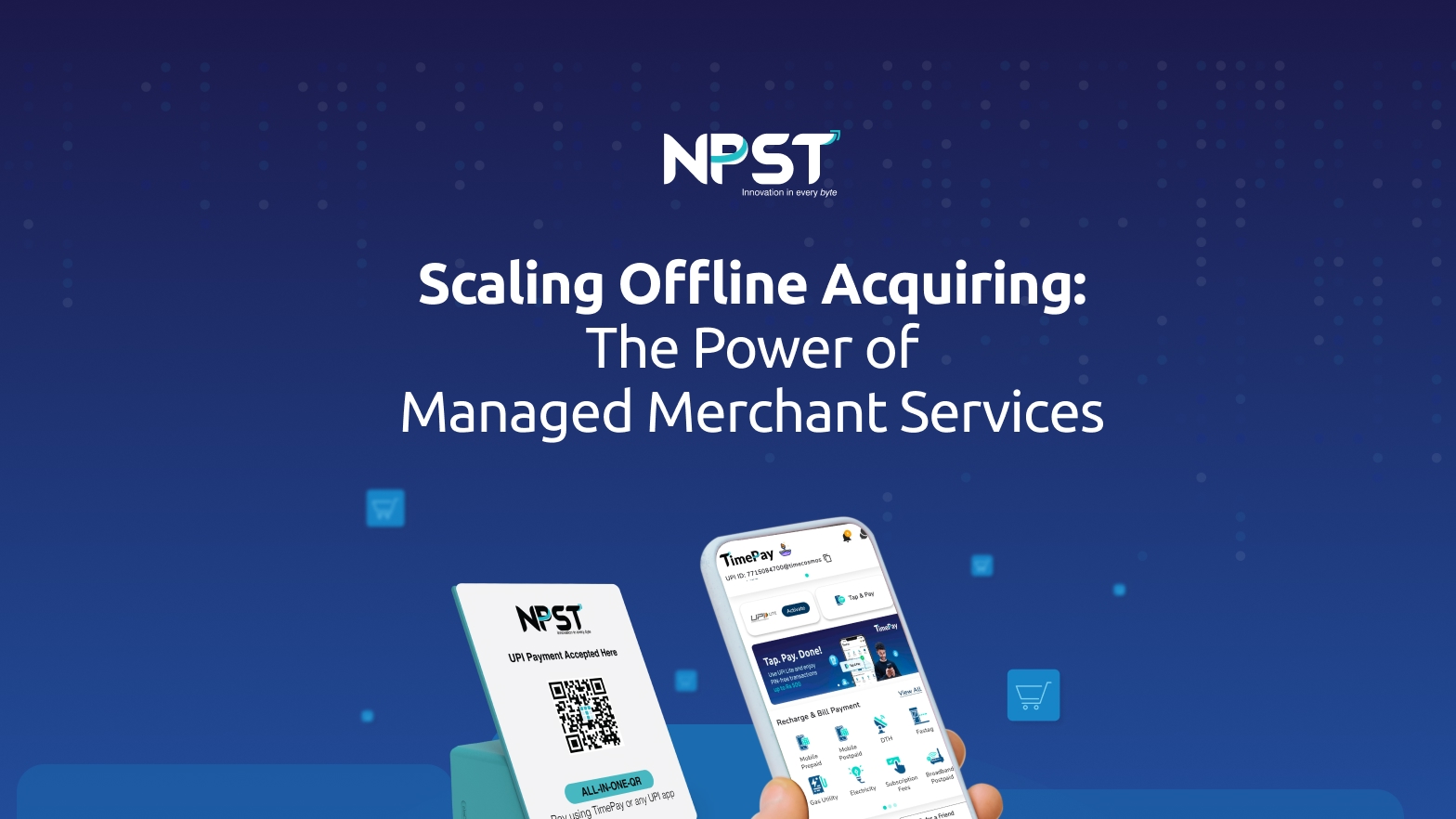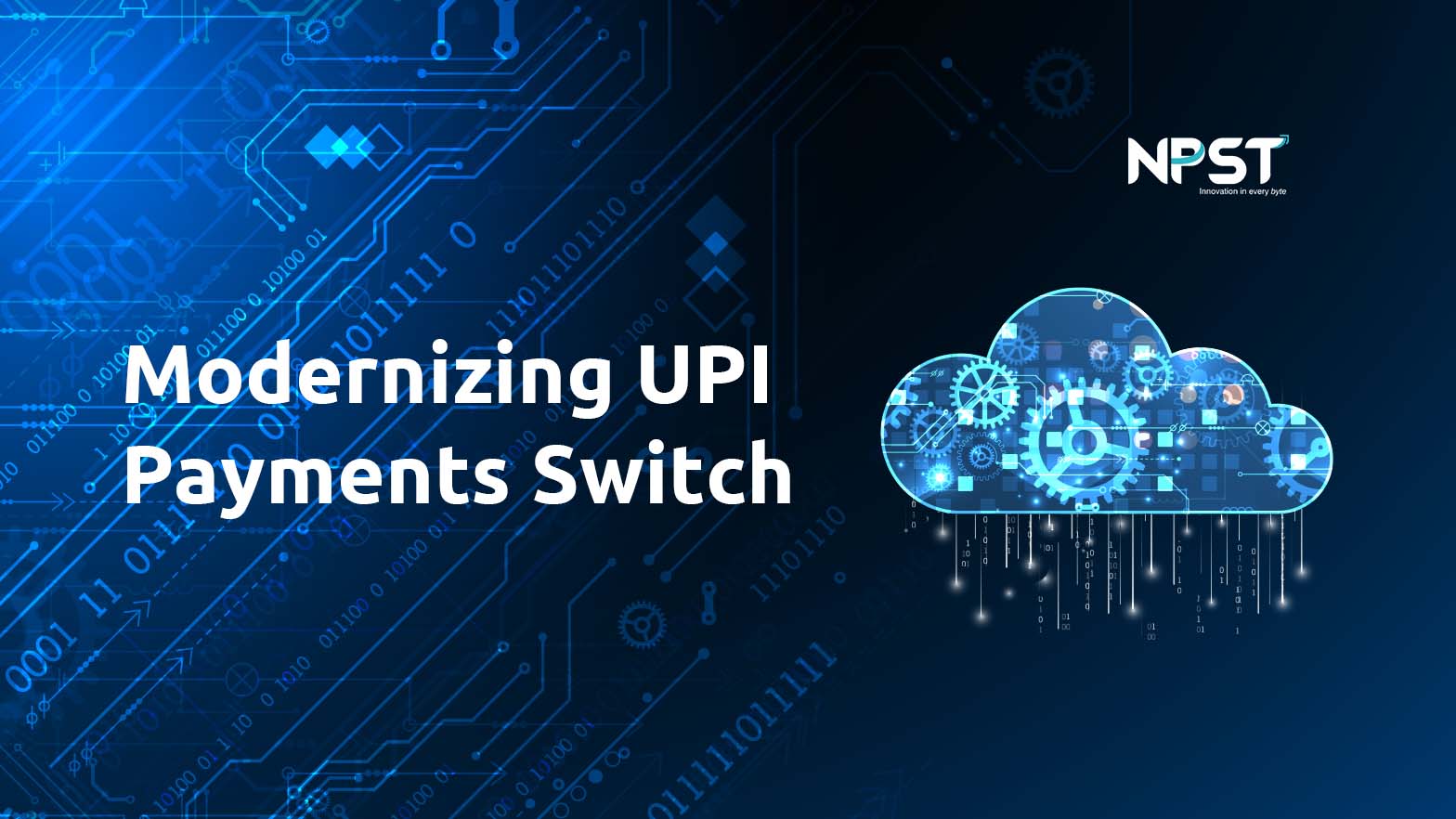“UPI account par 18 rupay prapt hue” or “Rs 18 has been deposited to your UPI account.” Just when it seemed like India’s digital payments journey had reached its peak, QR codes paired with soundboxes emerged, showing us that we have only begun.
The familiar chime of these soundboxes now unites millions of UPI users across the country. Together, soundboxes and QR codes offer seamless, real-time payment confirmations, which makes them indispensable resources for merchants.
Why QR-based Soundboxes Work in India
Adoption of QR codes is rapidly expanding over conventional Point of Sale (PoS) devices, not only in tier I cities but also in tier II, tier III, and rural areas. In fact, QR code deployment increased by 34% in FY24 to over 350 million. PWC attributes the shift to factors such as high rental costs, MDR (merchant discount rates), and the operational complexity of maintaining PoS machines.
The low cost of QR payment acceptance has also compounded challenges. Merchants may use QR codes from different providers. For merchant acquirers, this translates into higher incidence of churn and an escalation in the overall cost of acquisition, as they invest in both technology and on-the-ground sales efforts.
QR paired with soundboxes, hence, present an opportunity to strengthen merchant loyalty in offline acquisition. Instead of standalone QRs, merchants increasingly prefer QR paired with Soundboxes, as instant and reliable payment confirmations are essential – particularly for those with high foot traffic. Consider a busy sweets shop in Delhi during the holiday season. Now, sellers don’t have to wait for confirmations of UPI payments, which might lead to delays. These devices simplify the process for both customers and merchants by providing real-time, audible payment confirmation. Additionally, it also provides an additional level of security by diminishing the possibility of non-payments and fraud at checkout.
Platform as a Service: The Game Changer in Offline Merchant Acquisition
According to a recent Cognitive Market Research report, India’s merchant acquiring market reached USD 611.21 million in 2024 and projected to grow at a CAGR of 12% between 2024-2031, driven by regulatory support. Another report by Kearney highlights that retail digital payments is expected to double, from USD 3.6 trillion in FY24 to USD 7 trillion by FY30.
As this growth unfolds, the challenge for acquirers – both banks and merchant aggregators – will be how they capture this opportunity. Given the operationally intensive nature of the business scaling profitably is far from simple. For example, if an acquirer wants to offer Soundboxes to its merchants, they need a reliable device vendor, manage inventory, across remote merchant locations nationwide, partner with logistics providers for shipment, test every dispatched unit, and establish merchant support operations. Setting up this infrastructure could delay their go-to-market, increasing the risk of losing merchant-led businesses to competitors. The traditional ‘do-it- yourself’ model, where acquirers handle everything from merchant acquisition to backend operations, is increasingly unsustainable and non-core to a merchant acquirer’s business.
Offline Payments as a Service (PaaS) simplify payment operations for acquirers by handling the entire merchant and transaction lifecycle. This includes onboarding, device management, and transaction processing. By integrating business and tech operations with advanced payment software, PaaS solutions allow acquirers to focus on strategic growth rather than operational complexities.
Through a managed services model, acquirers can significantly reduce merchant acquisition costs by digitizing the onboarding process and streamlining due diligence. They also handle device logistics, including shipping, inventory, and support. For example, a merchant in a remote rural area needing assistance with a device like SoundBox receives instant support through the managed services provider, who ensures resolution within contracted service levels, supporting uninterrupted business for the merchant.
Additionally, a dedicated UPI Switch for merchant transactions can help acquirers process transaction volumes. A dedicated switch can reduce load on the UPI switch, ensuring smooth, efficient management of growing transaction volumes and delivering a seamless payment experience. PaaS also provides value added services such as recon /dispute and complaints management, helping acquires to promote stickiness among merchants.
Scan and play
P2M (person-to-merchant) payments, which comprise 60% of UPI transactions, offer a substantial opportunity for expansion, particularly in non-metropolitan regions. This potential is aligned with the government’s and RBI’s commitment to promoting financial inclusion.
From your neighbourhood vegetable vendor to the supermarket in your locality, we are seeing or rather hearing soundboxes buzzing everywhere. It’s an example of how offline merchants are keen to embrace digital solutions that simplify their transaction processes. The combination of QR codes and soundbox technology has emerged as a standout innovation in this space and PwC’s projects that 54 million such devices will be deployed by FY29.
As a new operating model, PaaS will help acquirers drive their go-to-market strategies and strengthening their market presence while reducing capital expenditure significantly. By streamlining operations and offering scalable solutions, PaaS not only supports business growth but also fosters a more inclusive financial ecosystem that benefits all stakeholders.
Featured in:
YourStory
YourStory
Explore More
We empower banks and payment aggregators to achieve success at every step of the transaction journey


